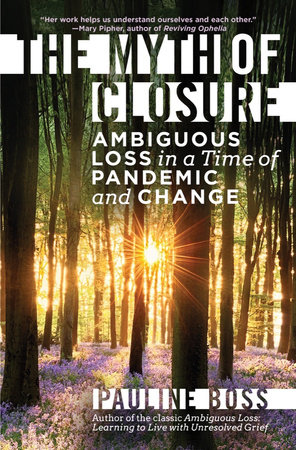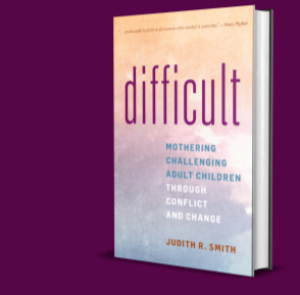Op-ed by Barbara J. Risman, Senior Scholar, Council on Contemporary Families, Distinguished Professor of Sociology, University of Illinois at Chicago
In my city of Chicago, our Mayor Lori Lightfoot, is a woman. Dr. Allison Arwady is Chicago’s commissioner for Public Health. Our county commissioner is another woman, Toni Preckwinckle and so is our District Attorney Kim Foxx. Three of the four are women of color. Women run this city, if not the world.
When I was young you never saw visible women beyond the president of the Temple Sisterhood, or the PTA. Little girls had few role models for living a life beyond domesticity. Much has changed in American society. I now live in a city where finding a man in charge in public life isn’t easy. Oh yes, the President of the predominantly female teacher’s union. And he’s at the top because, of course, white men ride glass escalators to the top. While much has changed, some things remain the same.
Still, young girls today have all sorts of role models. You can be not only a mother or teacher or nurse, but also a successful politician, a doctor, or a lawyer. You can even be a Vice-President, or run for President, and maybe be the first woman to break that glass ceiling.
This is all good. And yet, male privilege refuses to give up the ship. Many of those female teachers and nurses, politicians, doctors and lawyers are suffering disproportionately in the pandemic because mothers retain the primary responsibility for childrearing in our country. And now childrearing has to be done with erratic schooling and day care centers that close for weeks at a time. No one is to blame for a worldwide pandemic, but the disproportionate disruption suffered by mothers, instead of to all parents, can definitely be blamed on a certain group of people, heterosexual men. What is wrong with fathers? It is more than half a century past the first surf that crashed introducing the second wave of feminism and still many men in heterosexual relationships are often deadbeat fathers and husbands even when they stay married to the mother of their children. Mothers need day care and schools in session face to face to carry on with their lives, and function in their own jobs. But why isn’t that true for fathers as well? I’ve been studying gender inequality for four decades and I still don’t understand why otherwise good men are not good enough to be egalitarian partners. And why do otherwise smart and even high earning women put up with such men? Why don’t the rest of us shame them? Do you know a hetero man who passively lets his equally busy wife handle most of the household labor, including childcare and now online schooling during a pandemic? How about treating him with as much disapproval as you show to someone refusing a vaccine. He may not risk killing other people like anti-vaxxers but he sure is disrespecting his own wife and providing a great role model of patriarchal privilege to his kids, both boys and girls. Isn’t that bad enough to deserve public humiliation?
While little girls are watching all those role models, they notice the women in their lives shouldering a double shift, earning a living and doing most of the work it takes to keep a family going. Little boys are noticing that once you get married, you have someone to take care of you and your kids. Great lessons in normalizing male privilege.
As women make progress in the world outside our homes, we all quickly realize that having women in charge doesn’t necessarily make the world a safe or healthy place. No one could argue that my city, Chicago, with women running the show, from the city and county chief executives, to the justice and health systems is any kind of feminist utopia. Of course, they did inherit systems created and screwed up by men. Do women lead differently, better, then men? It’s too early to tell. How would we measure that? Some research suggests they do, as women organizational leaders become change agents, at least improving women’s status. But what if women as a group, are not any better at their jobs then men are?
Isn’t that the point? Women have as much right to run the world as men do, whether or not they do it any better. But my money is on the women leaders in my city doing a better job than the men before them. Hard to do worse. Just as important, men have as much responsibility to care for their children as do women, whether or not they parent any differently. Children, and their mothers, deserve no less.
Barbara J. Risman, Senior Scholar, Council on Contemporary Families, Distinguished Professor of Sociology, University of Illinois at Chicago. You can follow them on Twitter @bjrisman










